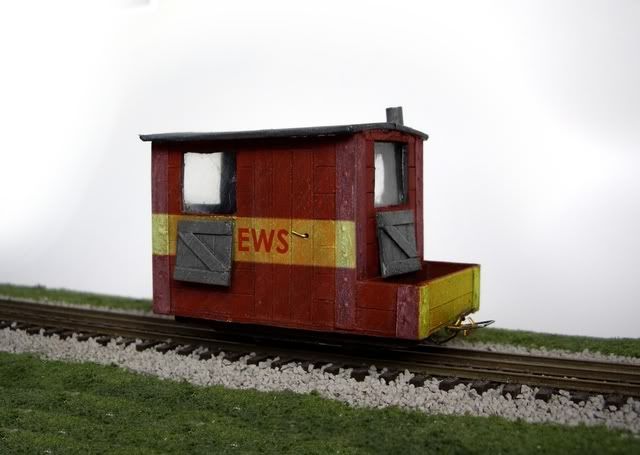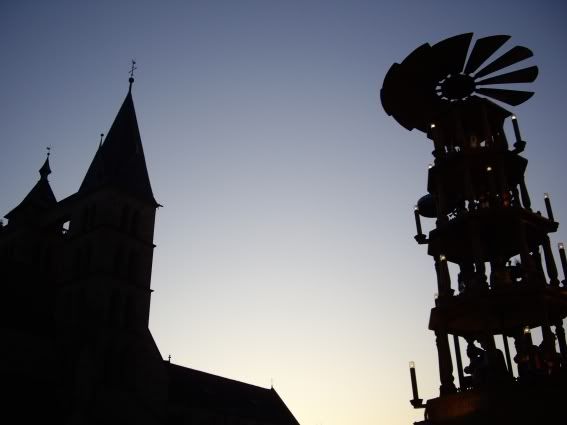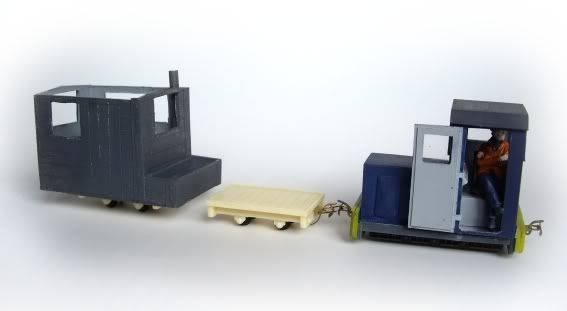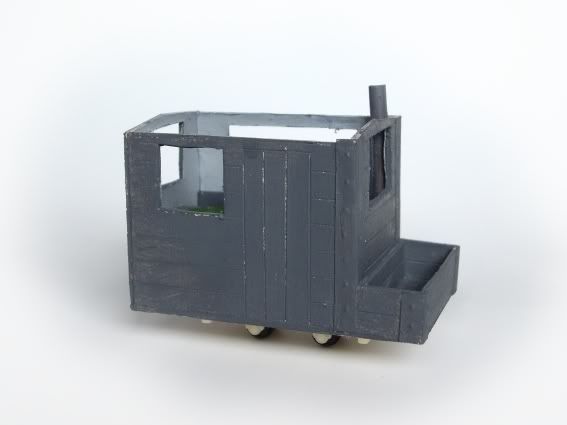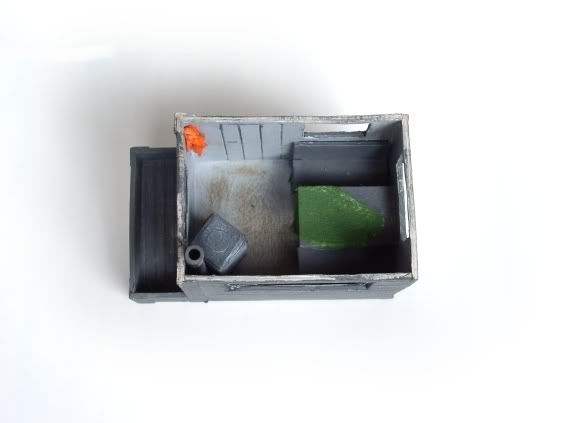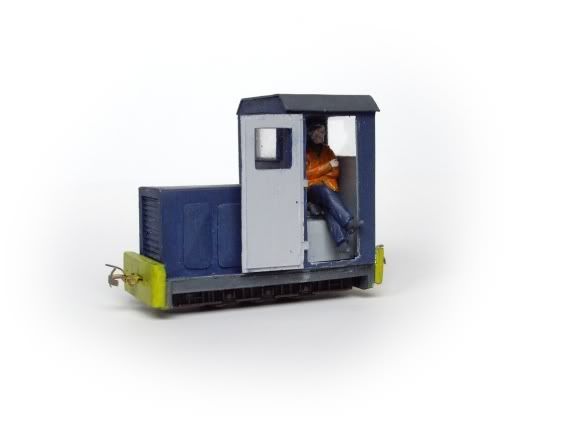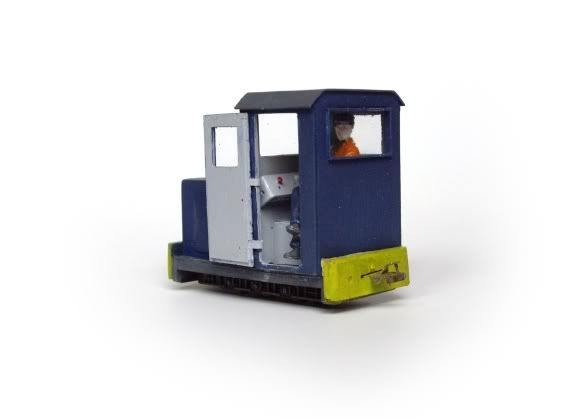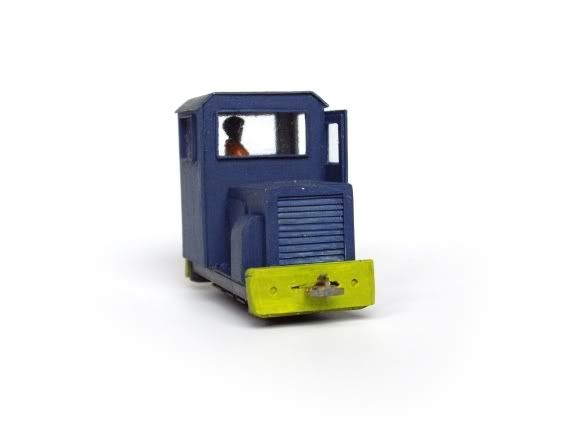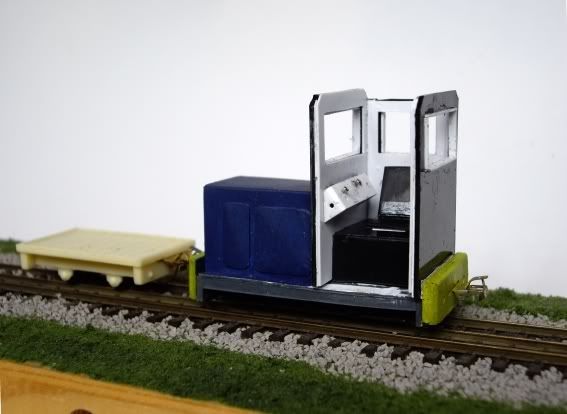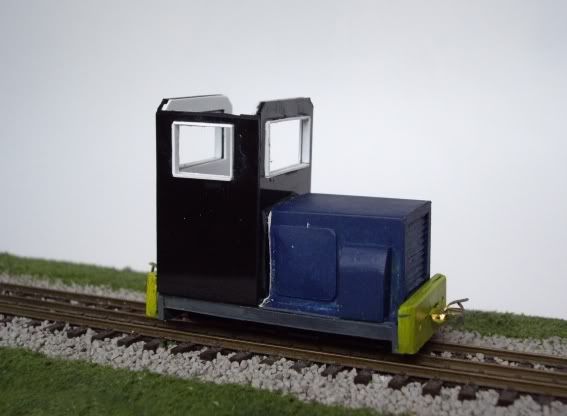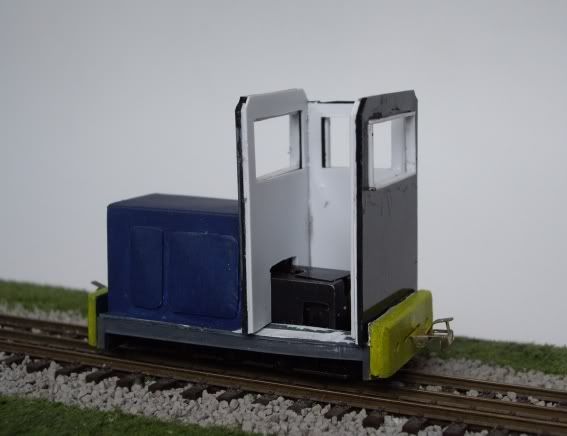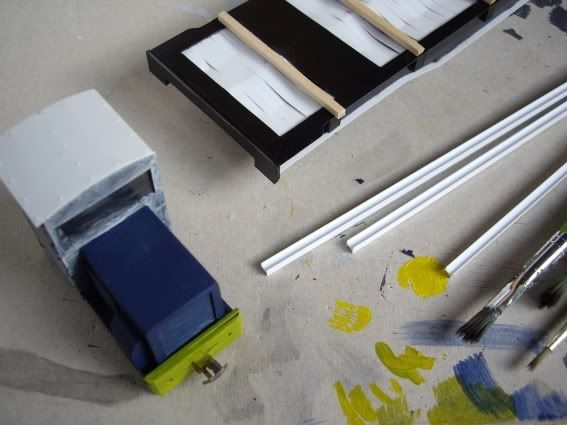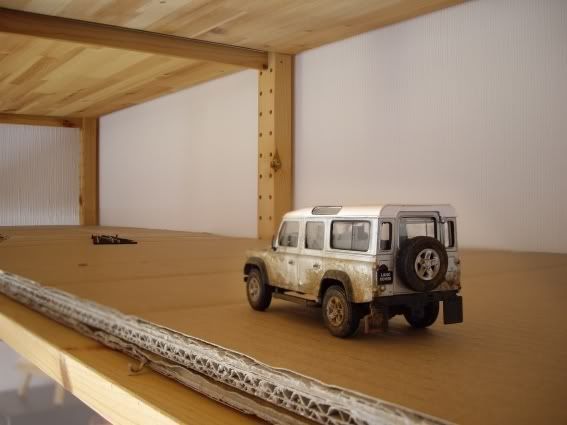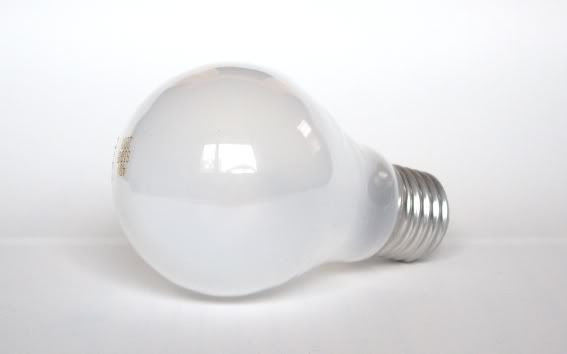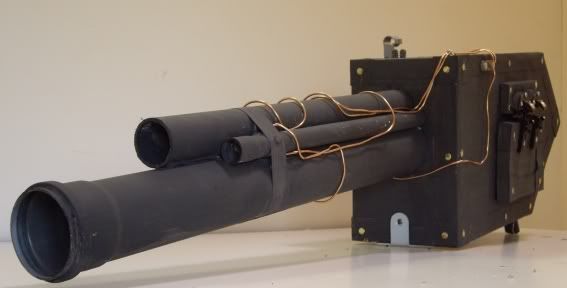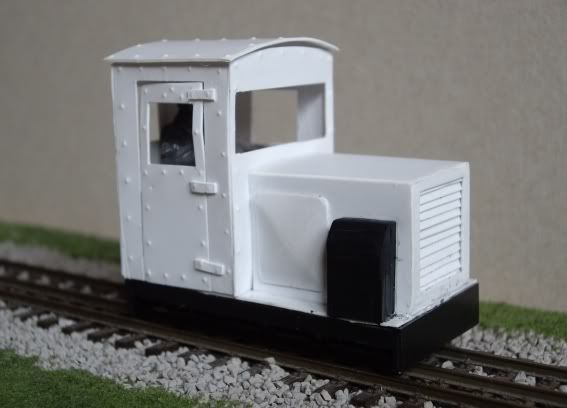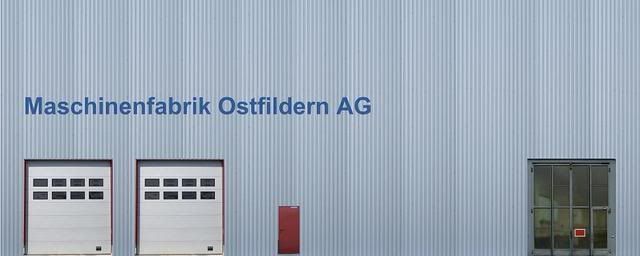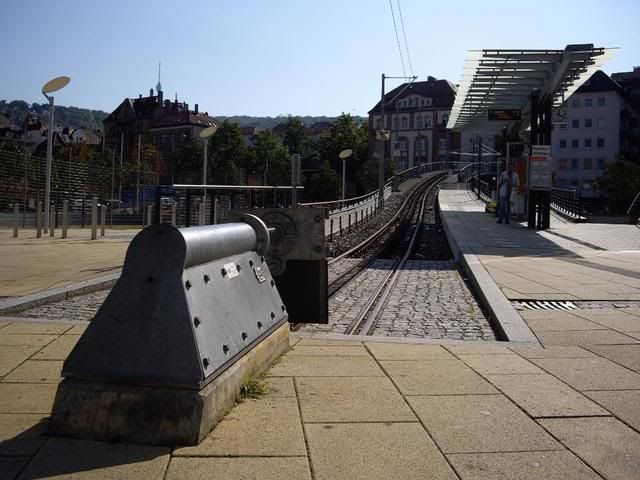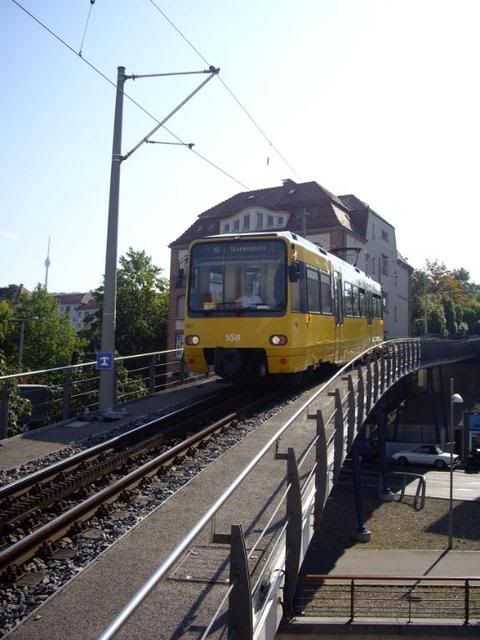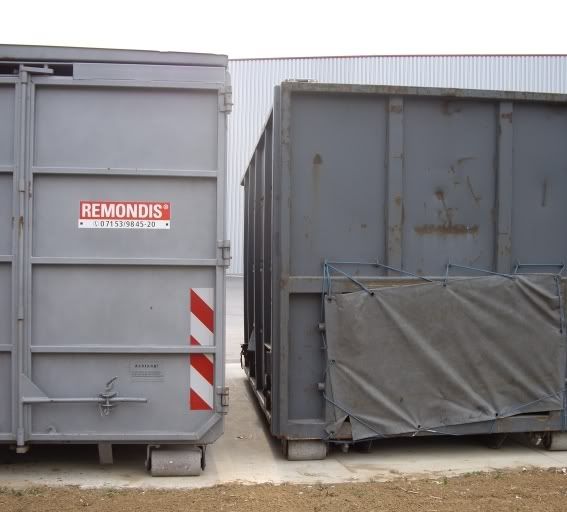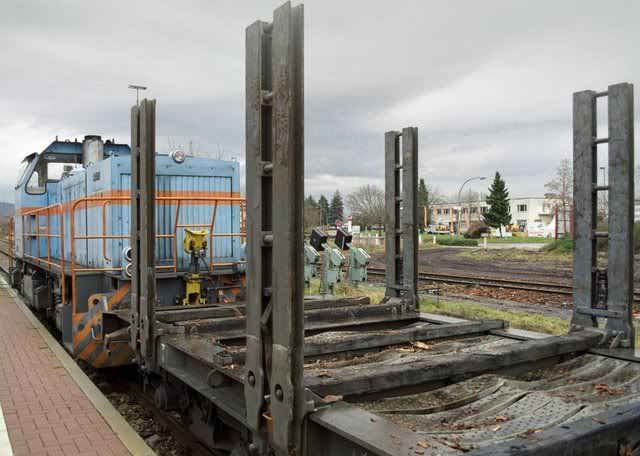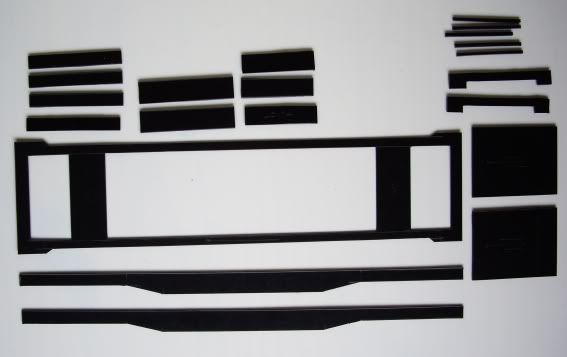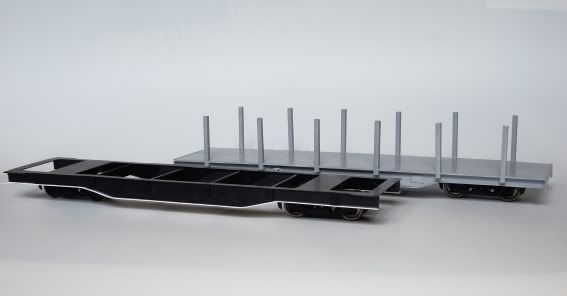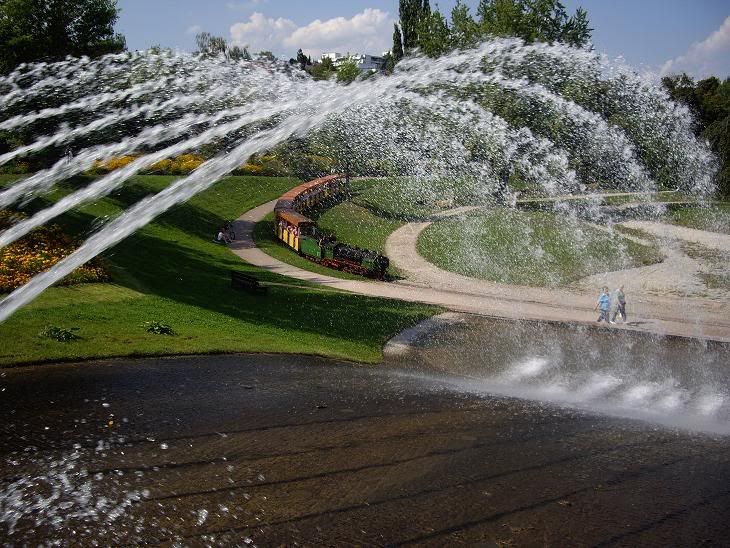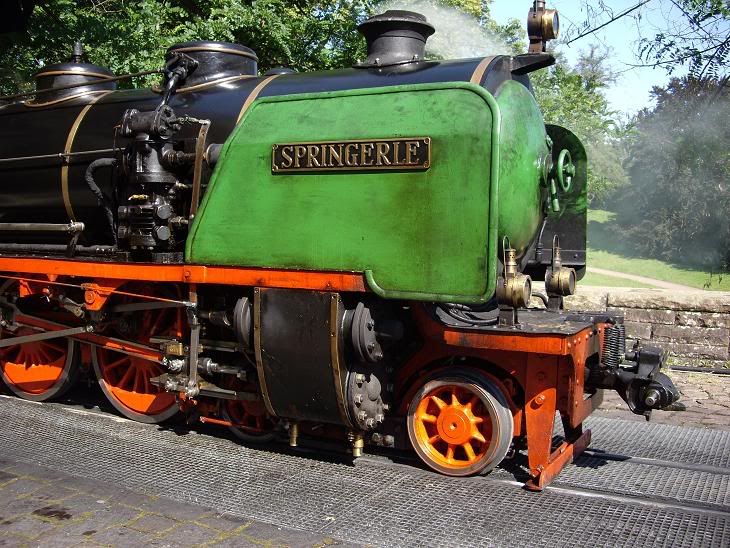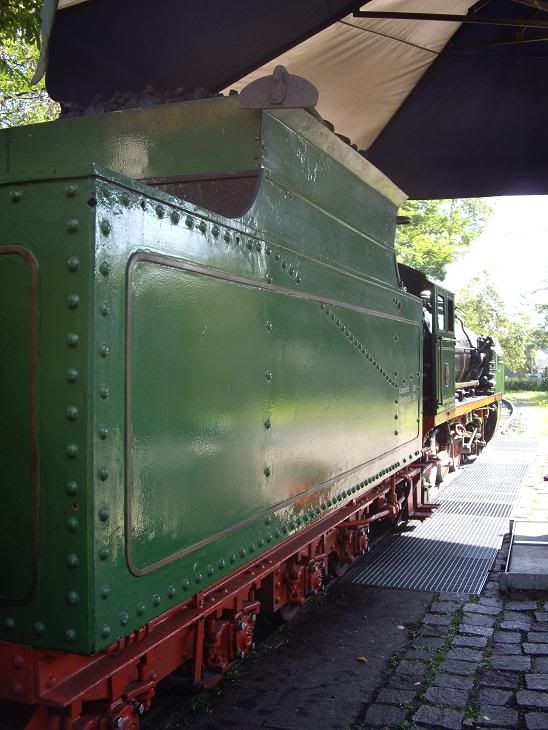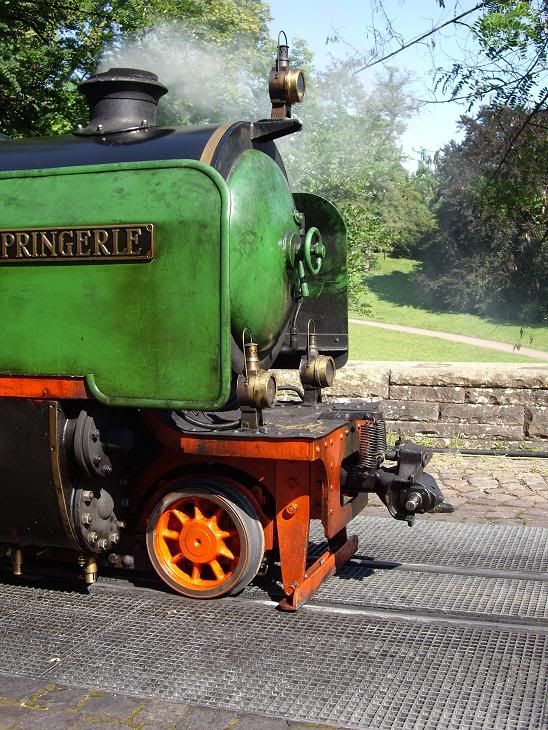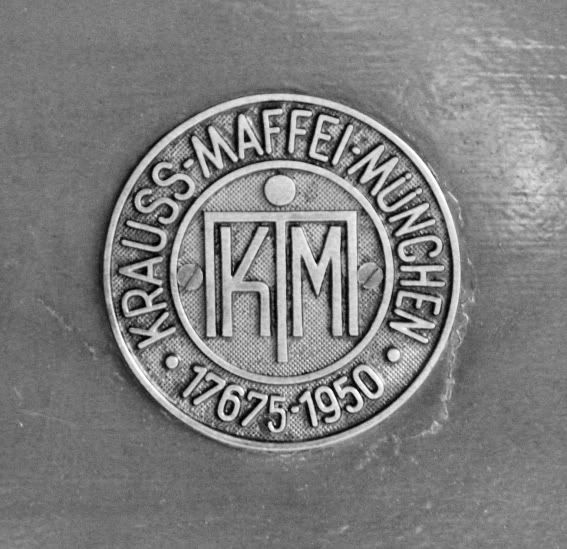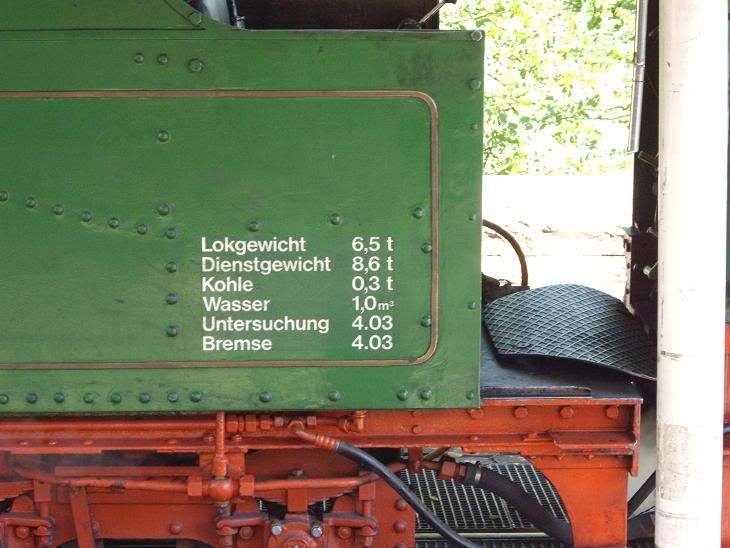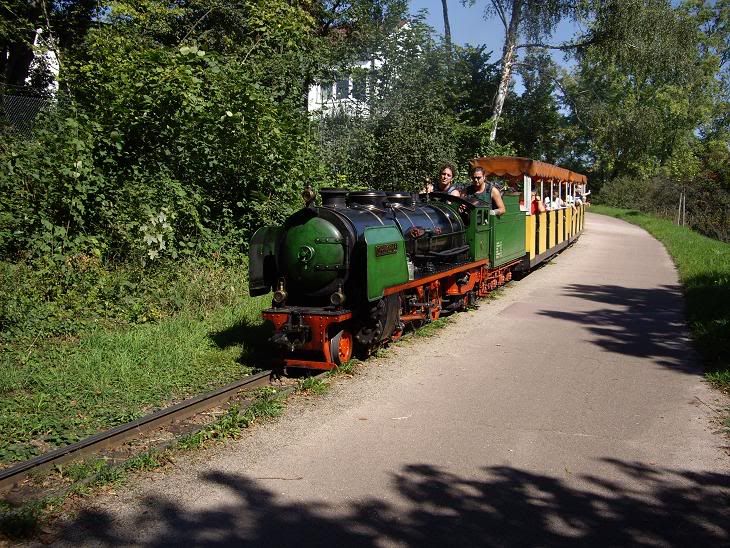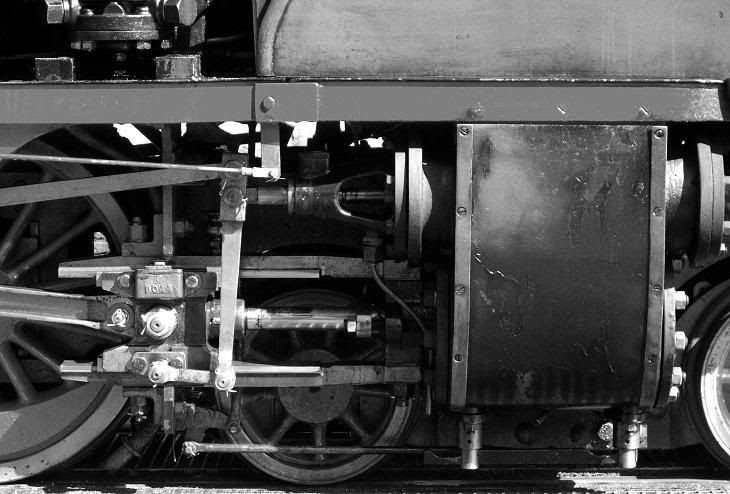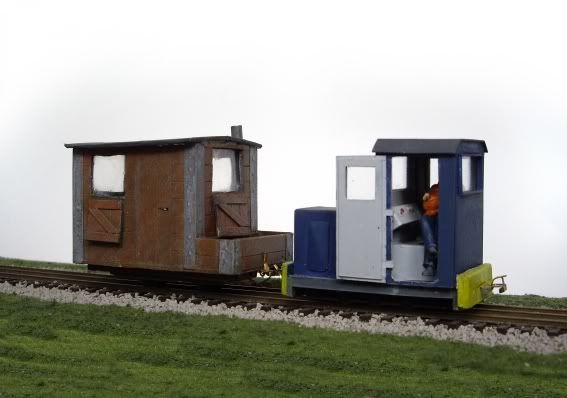
Meik was getting on my case about fixing the mess van so I finally got it together yesterday. When tested on the normal chassis the it showed a tendency to dive nose first into the track when moving which spilt Meik’s coffee. After Meik calmed down the chassis was duly lengthened, and a test run was accomplished without further damage.
The roof is made from the same deluxe materials as the walls, namely cereal packet card although it does have an overlay of recycled printer paper. I figured Meik wouldn’t want to mess about with an arched roof, so I made it pitched, and added shutters to protect the windows when the van is stored outdoors. These two measures make it look like a garden shed on wheels, but there we go.
The roof is made from the same deluxe materials as the walls, namely cereal packet card although it does have an overlay of recycled printer paper. I figured Meik wouldn’t want to mess about with an arched roof, so I made it pitched, and added shutters to protect the windows when the van is stored outdoors. These two measures make it look like a garden shed on wheels, but there we go.
I’m wondering about having red and white warning signs on the corners like a lot of German work vehicles do, so I tried it out using the Gimp:
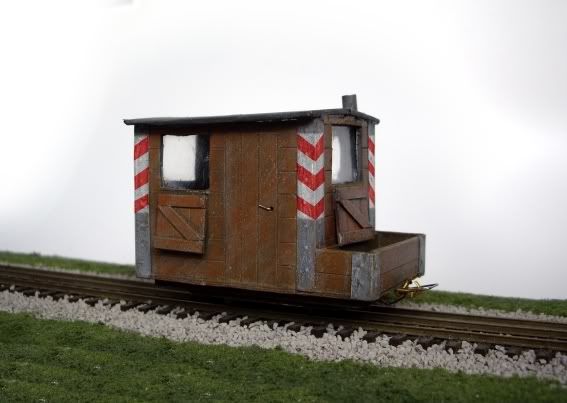
And then, as I was using the Gimp in any case, I couldn't resist one for the British ‘modern image’ enthusiasts…
